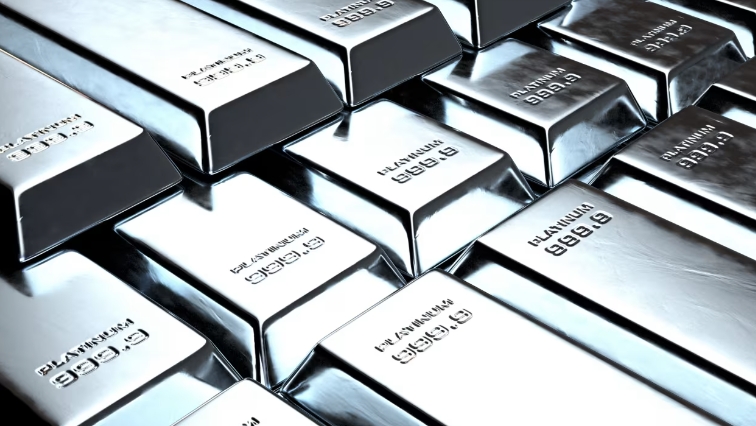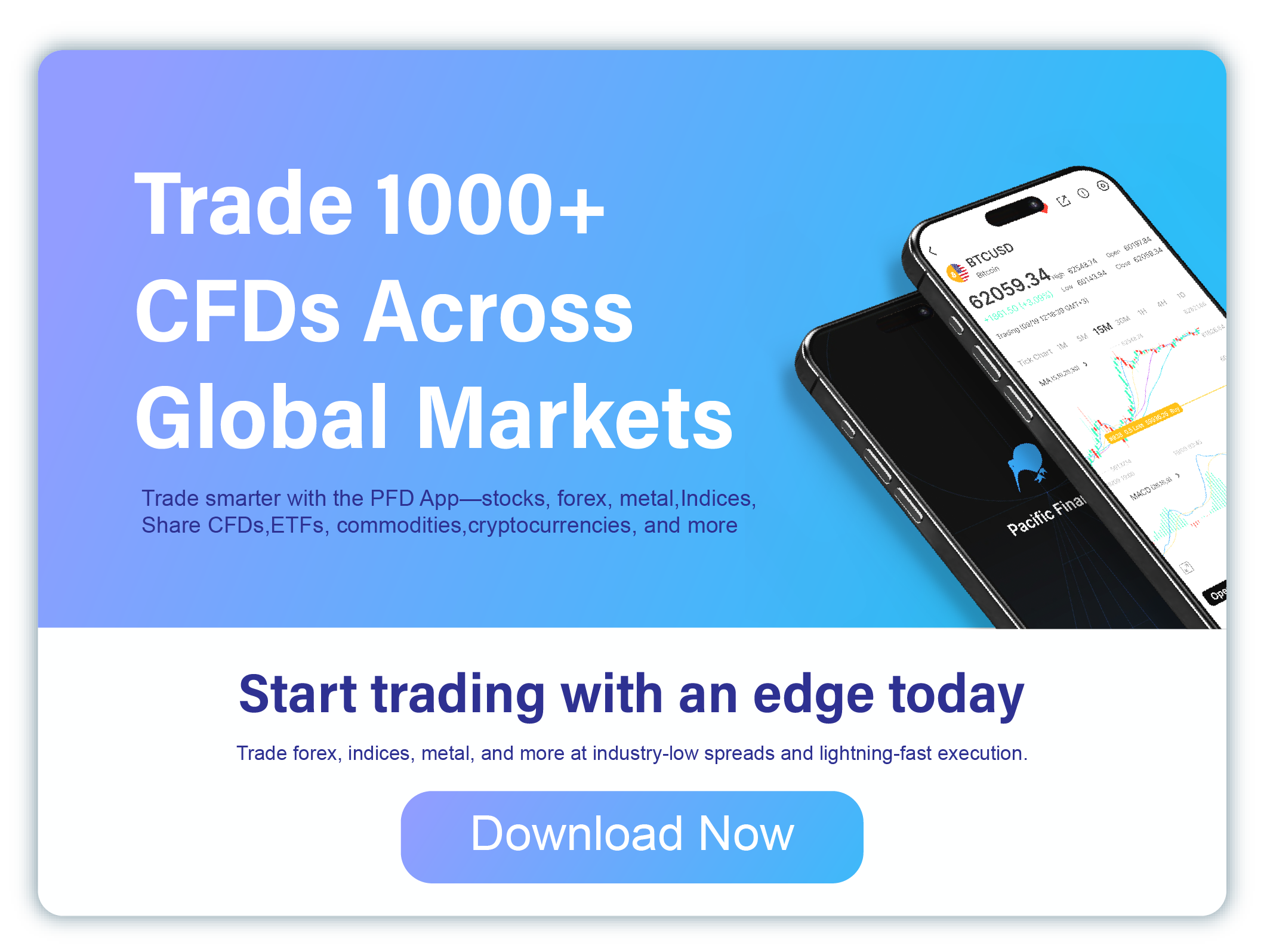Platinum, one of the rarest and most precious metals in the world, plays a critical role in various industries ranging from automotive to electronics. In the United States, the price of platinum is influenced by a complex interplay of factors that investors and industry professionals closely monitor. This article explores the key elements affecting platinum prices, the trends in the U.S. market, and what investors should consider when navigating this volatile commodity.
Understanding Platinum as a Commodity
Platinum is a transition metal with numerous industrial applications, including in catalytic converters, jewelry, and various chemical processes. Unlike gold or silver, which have primarily financial and ornamental uses, platinum’s value is largely driven by its industrial demand. Its scarcity—platinum production is primarily concentrated in South Africa, Russia, and a few other countries—makes it a valuable asset. In the U.S., platinum prices are influenced by both domestic and international market trends, which makes it essential to understand the broader context of the commodity’s value.
Key Factors Influencing Platinum Prices in the U.S.
Several factors can lead to fluctuations in the price of platinum, and each of these plays a crucial role in shaping the market dynamics in the United States. Let’s examine the most significant ones:
1. Global Supply and Demand
Platinum’s supply is highly concentrated in just a few countries, with South Africa accounting for approximately 70% of global production. As a result, any disruption in supply—whether from political instability, labor strikes, or mining difficulties—can cause significant fluctuations in platinum prices. Additionally, demand for platinum is not just dependent on traditional sectors like jewelry, but also on its industrial uses, particularly in the automotive sector where it is a key component in catalytic converters.
2. Economic Indicators and Market Sentiment
The price of platinum, like any other commodity, is sensitive to broader economic conditions. Inflation rates, GDP growth, and interest rates all impact investor sentiment and, by extension, the demand for platinum. In periods of economic growth, the demand for platinum tends to rise as industrial output increases. Conversely, during recessions, demand tends to drop, leading to a decrease in platinum prices. Moreover, market speculation and investor sentiment, often driven by news and macroeconomic trends, can create short-term volatility in the platinum market.
3. Platinum’s Role in the Automotive Industry
One of the most significant drivers of platinum demand is its use in automotive catalytic converters, which help reduce harmful emissions from vehicles. In the U.S., the automotive industry is a major consumer of platinum, especially in diesel engines, which require higher platinum content than gasoline engines. As regulatory bodies continue to tighten emission standards, the demand for platinum in automotive manufacturing remains strong, influencing its price. Additionally, the shift towards electric vehicles (EVs) could impact long-term demand for platinum in the automotive sector, although this shift is gradual and still developing.
4. Platinum’s Role in Jewelry and Investment
Platinum has long been prized in jewelry, known for its strength, rarity, and aesthetic appeal. As a result, fluctuations in the luxury goods market also influence platinum prices. Additionally, investors often view platinum as a safe-haven asset, particularly during periods of economic uncertainty. As the price of gold and other precious metals rises, so too does the investment interest in platinum. However, platinum’s volatility—its susceptibility to supply shocks and industrial demand—can make it a more unpredictable investment than gold or silver.
Current Market Trends in the U.S.
As of the latest market data, the price of platinum in the U.S. has been experiencing significant fluctuations. A combination of factors such as changes in automotive demand, inflation fears, and geopolitical risks have influenced the market. The COVID-19 pandemic, for example, caused supply chain disruptions that led to spikes in prices, while subsequent economic recovery phases led to fluctuating demand.
At the same time, the shift toward renewable energy and environmental sustainability continues to influence the platinum market. Platinum’s role in hydrogen fuel cells is emerging as a potential long-term growth area. The growing interest in green technologies could create new demand drivers for platinum, particularly as nations look for alternatives to fossil fuels and pursue cleaner energy sources.
Investing in Platinum: Considerations for U.S. Investors
For investors considering platinum as a potential investment, there are several important factors to keep in mind. First, understanding the volatility of platinum is crucial. While it may offer substantial returns during periods of high demand, it can also experience significant price declines in times of oversupply or reduced industrial usage.
Investors can gain exposure to platinum through a variety of vehicles, including exchange-traded funds (ETFs), physical platinum bars and coins, or platinum mining stocks. Each option has its own set of risks and benefits. ETFs provide a more accessible way to invest in platinum without the need for physical storage, while mining stocks expose investors to both the price of platinum and the operational risks associated with mining companies.
Risks of Investing in Platinum
Like all commodities, platinum comes with its own set of risks. For instance, platinum prices can be highly sensitive to changes in the global economy, especially in sectors like automotive manufacturing, which relies heavily on platinum. Additionally, since platinum is not as widely traded as gold or silver, it can be less liquid, making it harder for investors to enter or exit positions quickly.
Platinum vs. Other Precious Metals
While platinum is often compared to gold and silver, it differs in several key ways. Platinum tends to be more volatile than gold, but it can outperform silver during periods of strong industrial demand. For instance, when the automotive industry experiences growth, platinum prices tend to rise, whereas silver’s value is more tied to electronics and solar energy markets. Gold, on the other hand, is more of a financial asset and hedge against inflation, making it less susceptible to the supply and demand swings that affect platinum.
The price of platinum in the U.S. is influenced by a combination of factors, including global supply and demand, economic conditions, and its significant role in industries such as automotive and electronics. While platinum offers unique opportunities for investors, its volatility and the shifting landscape of industrial usage must be carefully considered. By staying informed about market trends and understanding the underlying forces driving platinum prices, investors can make more educated decisions about how to incorporate platinum into their portfolios.










